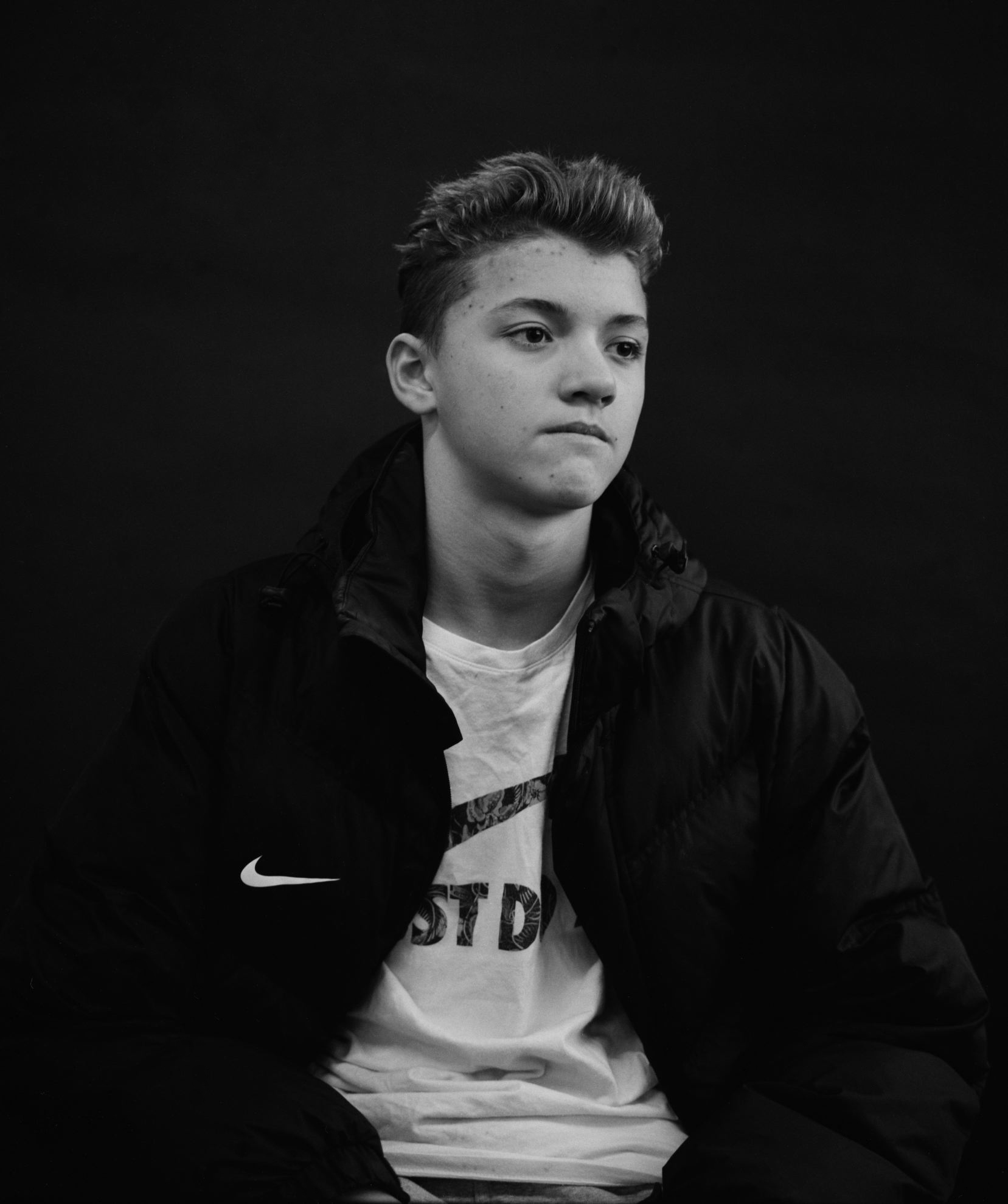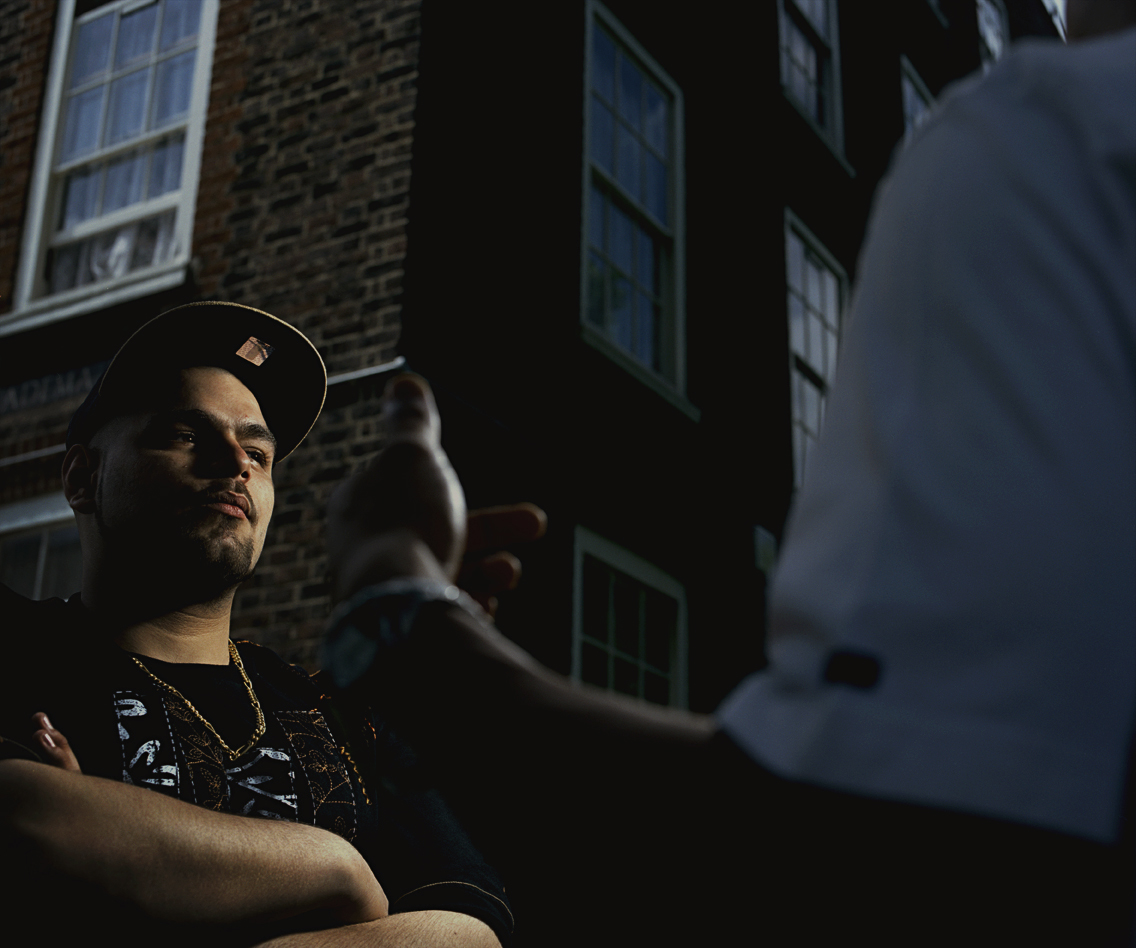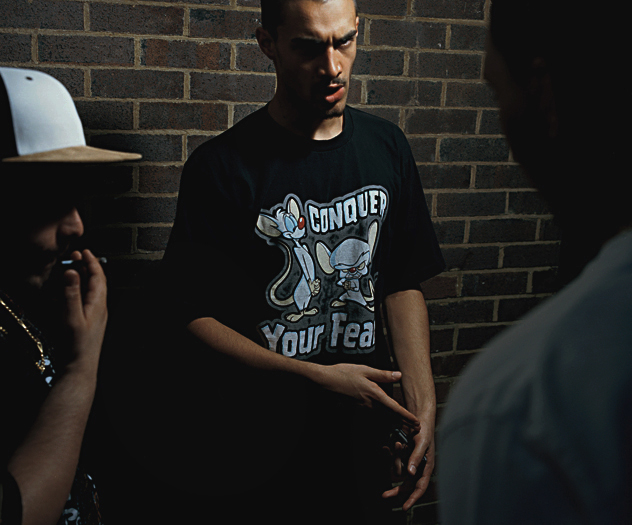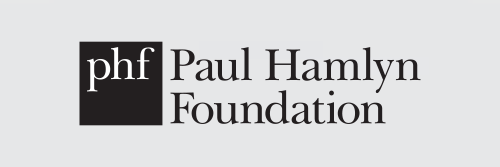


A Spotlight On… D. Wiafe
This Month Open Eye Gallery’s current University of Liverpool Placement student, Casey Logue, interviewed photographer and educator D. Wiafe about his work collaborating with young people to explore British youth culture today.
Casey:
How did you get into photography? Why photography?
D:
I actually wasn’t always interested in Photography. When I was a teen, I was drawn to hip hop culture. I spent hours after school in record stores listening to the pen of emcees like Common, Talib Kweli, Royce da 5’9. In my spare time, I’d escape the chore of having to write essays on Chaucer by thumbing through the reflections of Nelson George, studying the metaphors of Canibus, and even Kevin Powell’s prison interviews with Tupac Shakur. Reading and listening to these more nuanced pictures of urban living inspired me to try my hand at becoming a hip-hop journalist. To a somewhat shy, baggy pant wearing kid from a south London estate, it didn’t seem like a bad way to make a living.
It wasn’t that I wanted to live out my years writing album reviews or artist interviews, it was more that I wanted to be part of a world where it appeared acceptable to write honestly about your personal experience. And to do so to an audience who shared an interest in reading without a sense of judgement. This idea of telling stories that could reshape how new audiences looked at the portraits of young black men made an impression on me; especially given the stereotyping I had come to just accept as a just normal part of life. The problem for me was that my grammar sucked and what I know to be bad habits of not proof reading and making typos was hindering me. Still, the ideas I would jot down on paper at least were strong enough to keep me going. And that’s what I did. I enrolled in university to learn more about media communication and journalism.
It wasn’t until the third year of a Communication and Media BA at Coventry University, that I chanced upon a photography module and discovered 35mm film, the darkroom, and video production. I saw how Image and Text shared a transformative power. Making images was immediately more interesting.
After graduating and returning back to an estate that had seen local heroes the So Solid Crew go from being iconic stars to almost near demonic representations of themselves made me realise that there were changes needed in Representation. I turned to my camera and thought about using it as a way to create tableaux styled images in collaboration with emcees. The idea was to create images together that were interpretations of song titles from their mixtapes. This work was called Borough Kids: this was the beginning of my venture into collaboration in photography.
Casey:
How does the act or the process of photography differ from other art forms? Is there a particular aspect of photography that is particularly appealing to young people, in your experience/opinion?
D:
I’d be lying if I said it was appealing to all. I’ve certainly had projects where if having to do a photography project becomes a schedule clash with match of the day, or classroom banter, you can expect to lose the battle for attention every time. That said, because we have this growing generation of young people who are aware of their own strengths as presenters and are incredibly savvy with the use of social media, smartphones, apps, I find there is an immediate attraction to the way photographic images can challenge and reform narratives. These might be narratives about themselves, their peers, families, or the world around them. Importantly though, they are narratives which many feel that they have a fresh perspective on and can use photography as a way of sharing those views with others.
Casey:
I’ve read that you are particularly interested in representation of young people and the stigmatisation of specific communities and groups. Where are stigmas generated now? Online, on social media, in the mainstream media? In what ways have you found that the representations of young people affect the way they see themselves?
D:
I find stigmas are everywhere. In some ways they are a little unavoidable because discrimination is reliant on of lack of knowledge or lived experience. This is common for anyone who has little interaction with Others outside of their immediate social circle. It leaves them vulnerable to basing their cultural knowledge on misleading and second-hand media reporting. The problem is that these things are pathways to misinformation, which in the worst cases, ensure that young people are more likely to be those susceptible to acting upon it. For those that I work with, this is evident in all from police stop and searches, to discriminatory housing policies, school reading lists, trolling and the flood of openly abusive taunts in social media comment sections. It can look like a store clerk asking a young girl if she has the money to pay for a perfume she is testing, nightclub security telling a group of young black men “we don’t play R&B here lads”, a group of kids playing after school being identified as a mob, a child with a heavy Caribbean dialect being deemed as unintelligent, the list goes on and on. It’s casual, overlooked, and permeates everything from public opinion to legislation. Experiencing and hearing these stories is of course concerning but it’s even more worrying when those who are victims begin to accept this behaviour as their reality and form their self-worth around it.
To undo some of this, one antidote is to find ways to prompt all to interrogate and question the images they are presented with about Others, especially if Others have been excluded from the process of making or deciding how those final images are narrated.
I think that’s why I started my project work, by asking participants to question the images that have been said to represent their experience. We then contrast this with texts and images created by artists whose works revolves around more nuanced pictures of life for those from so-called minority backgrounds. So, for example, in looking at work/texts from Yinka Shonibare, Debbie Tucker Green, or Faisal Abdu’allah, they can see that using slang in their work doesn’t mean they will be seen as uneducated. By watching the likes of Akala or Lowkey, they can be exposed to individuals who dress and talk like them but can confidently present in-depth discussions on television and in lecture theatres. The same can be said of young images makers, from Cian Oba Smith to Abdou Cisse, to John Edmonds, whose imagery can open doors to thinking about the ways in which young black men do not have to be reduced to stereotypes of thuggery and criminality.
This was how I began the work for 4PM In The Endz. I asked the participants who finally became my collaborators, “Young Pollards”, to write on post-it notes what they imagine people thought about their estate, Pollards Hill. After some discussion, they raised the issue that some of the opinions about had been based on that fact that one of the first results that would appear when Pollards Hill is searched for on YouTube is “MNS Gang”. I then showed them the Charles Stone III directed music video for The Root’s “What They Do”. The idea was to get them to use the same kind of satire the video did to poke fun at the illusions in 90’s bling rap culture, and use that as a method to deconstruct the videos made by their own local rappers “Cash Cartel” and ‘MNS’. They relished in this, employing the same meaningful jest to ask questions like “why are they wearing sunglasses in the winter” and “you have a song called, When We Ride. How many of you have a driver’s license?”.
As a twist of fate, it just so happened that of the local rappers, Fainta, was walking by the community centre we were in as we did the exercise. At the group’s suggestion I ran out to chase him and invited him to become part of the project. As expected, he wanted to support this community-orientated project and found it amusing to be interviewed by the group as they asked him the same questions they had written down in the deconstruction exercise. This opened up chance for more interviews to take place. It was this dialogue between Young Pollards and the emcees that became the strength of the project, as it unpicked the gap that existed between the rapper’s stigmatised public image and the reality of their stories.
Casey:
Your work has focussed on community and collaboration; it seems to be that young people are portrayed in the media as spending lots more time in online communities than most other age groups. Do you think there is a correlation between negative statistics on young people’s mental health and their time spent in these online communities? If so, why?
D:
For some young people, social media can be a powerful tool in building platforms, forming social ties and connecting with a world beyond the one you are born into. Within that space, they can freely explore identities, express opinions, creativity, as well as grow their digital talents and audience. Combined, all of these new ways of engaging and even marketing their ideas, allow young people to find opportunities they may not have necessarily encountered outside of social media. This is the seduction of that space.
On the downside, there are the dangers of engaging in such space where there is little to no accountability for those who misinform, falsely accuse, or troll. Coupled with a lack of monitoring, adult supervision or at the very least, the right powers to dissuade those who seek to misuse it, means that young people become vulnerable to a whole new world of harmful interactions.
Casey:
What does the future look like for you and for photography? Will social distancing measures allow for the same kinds of collaboration in socially engaged photography?
D:
At least in the short term, I think it’s going to be important for practitioners to adjust and think beyond conventional methods of making and of course collaboration. New questions have and will continue to present themselves about the mental health implications of being confined to potentially harmful spaces, the safety of collaborating with communities via video conferencing, or the funding needed to make the process of making more democratic if your participants don’t own any tools for, say, connecting online or shooting images.
I’ve found that in the projects I have been running as the Community Engagement Manager at Photofusion, digital technologies have allowed our team to have far more interactions with the young people we work with, because the idea of fixed timetables was disrupted by the lockdown. Even as social distancing measures ease, this way of working will be taken forward as those interactions have become more meaningful, beneficial for them in times of emergency, but also, for opportunity, as they share conversation with the wider team and become even more a part of the fabric of the decision-making that happens at the organisation.
Casey:
Will your photography practice continue alongside your university teaching?
D:
Very early on, I wasn’t sure how I was going to balance my teaching commitments with my practice. It of course meant time away from making work and more time learning, administrating, networking, and so on. There aren’t always the glamourous skills for artists. In one week in February this year, I was working on two youth-led shows that had to open in the same week – Common Ground at Autograph ABP, which was this year’s incarnation of UAL Insights Album project, and SIXTEEN x S2AU at Photofusion.
After the fatigue of that week, I had one of those moments I know many artists who juggle their practice with other work have, where you wonder what is going to become of your practice. The thing I started to realise was that what I had been doing wasn’t really simply teaching. It wasn’t artist work either. It sat in an interesting middle ground. I was being afforded a unique opportunity to develop new methods in engaging, advancing my understanding of new camera technologies.
My technical teaching in the media photography department at the London College of Communication meant that in a short space of time, I was quickly adjusting to digital learning platforms and working with a team dedicated to finding solutions to all the imaginable problems that come with lens-based media production. Working too with students at Hertfordshire University provided a glimpse into concerns of young people outside of London. It was hard to see at the time, but this was all valuable in making me a more well-rounded and adaptable practitioner. It also gave me time away from making work to build the hunger to go all in with my next project.
So, just before the lockdown, I started to plant the seeds for a new project which after years of working across different areas in London, will bring my work to the place that inspired my work at first, Winstanley Estate. In these early stages, before the area undergoes redevelopment, I’m most interested in the documenting and working with young residents and others who grew up there during the 90s to think about the lasting traces that have been left behind by their presence.

